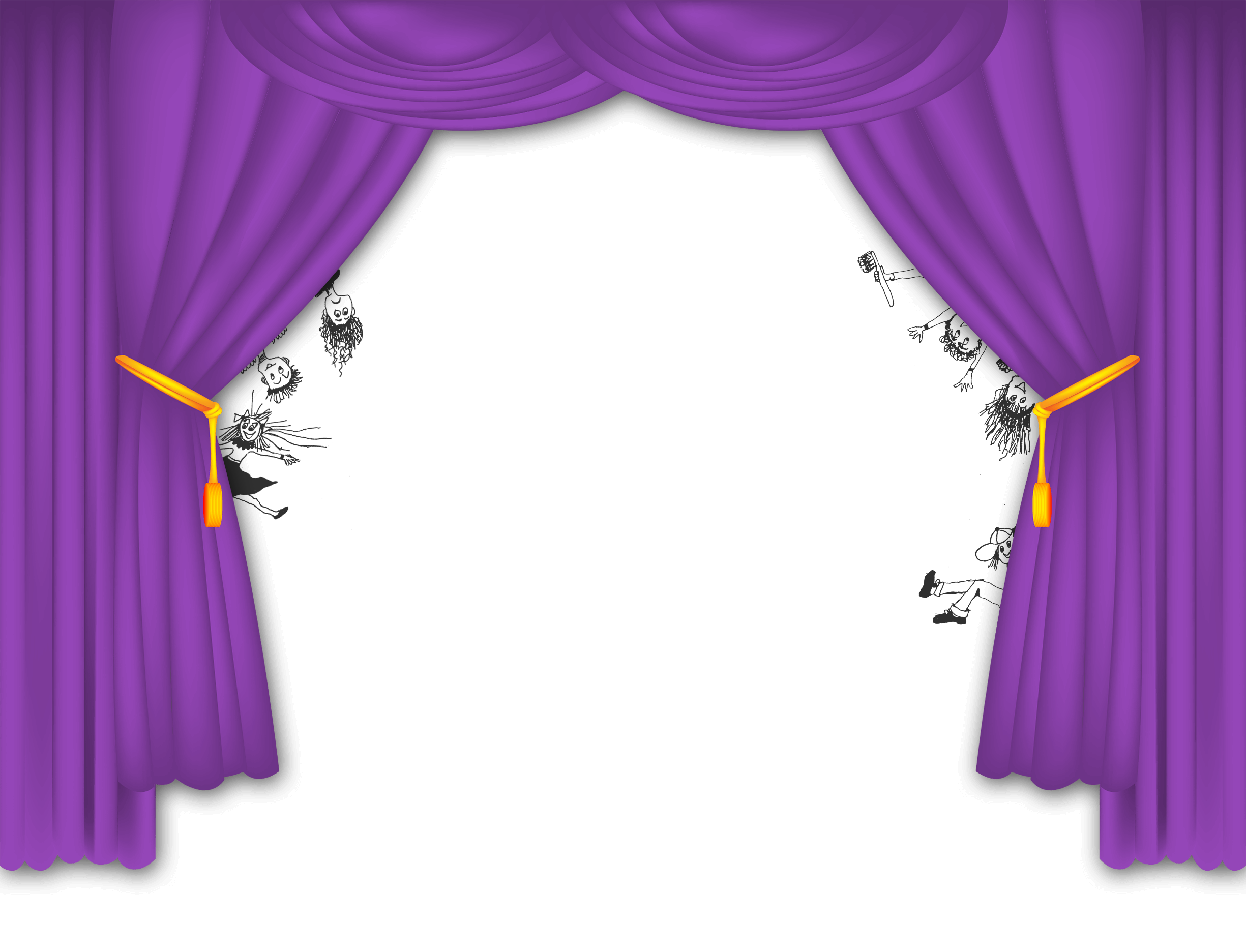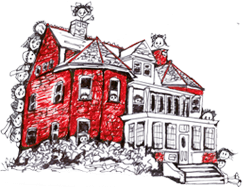Cleaning Your Baby’s Teeth
July 12th, 2012
With the arrival of your little one, it’s important to prepare for the arrival of their first tooth. Even before your child’s first tooth appears, his or her gums can benefit from your careful attention. After breast- or bottle-feeding, wrap your finger with a damp washcloth and gently rub across your baby’s gums. This will also reinforce the habit of brushing after eating as your baby grows up.
Your baby’s first tooth will make its grand entrance at about six months, and the rest of the primary teeth will come in during the next three years. When the first tooth erupts, it's time to upgrade to a baby toothbrush. There are usually two options: a long-handled toothbrush that you and your baby can hold at the same time, and a finger-puppet-like brush that fits over the tip of your pointer finger. In each case the bristles are soft and few. At this stage, toothpaste isn't necessary; just dip the brush in water before brushing.
When a few more teeth appear, you can start using toothpaste with your child's brush. However, for the first two years, be sure to choose toothpaste that does not contain fluoride, unless advised to do so otherwise. From the beginning, have your little one practice spitting the toothpaste out after brushing to prepare him or her for fluoride toothpaste, which should not be swallowed at any age.
Be sure to schedule an appointment within six months of when your child’s first tooth comes in, and no later than your child’s first birthday. Early dental visits are the foundation for a lifetime of good oral health. The earlier the dental visit, the better the chance of preventing dental disease and helping your child build a cavity-free smile.







